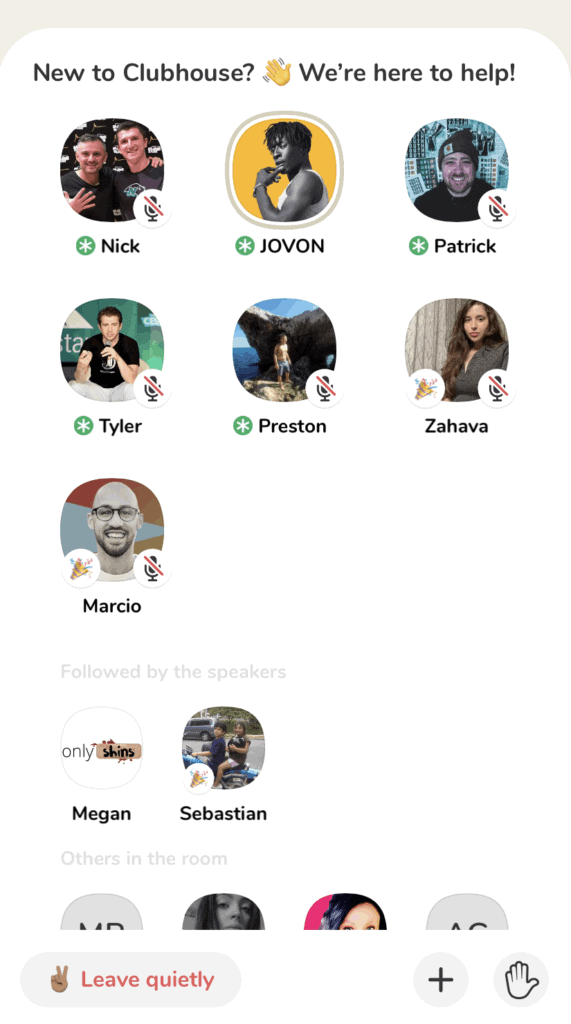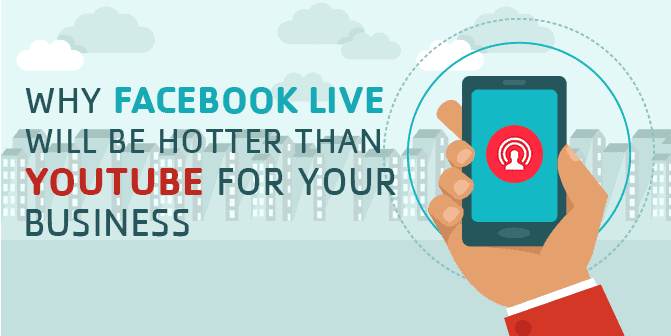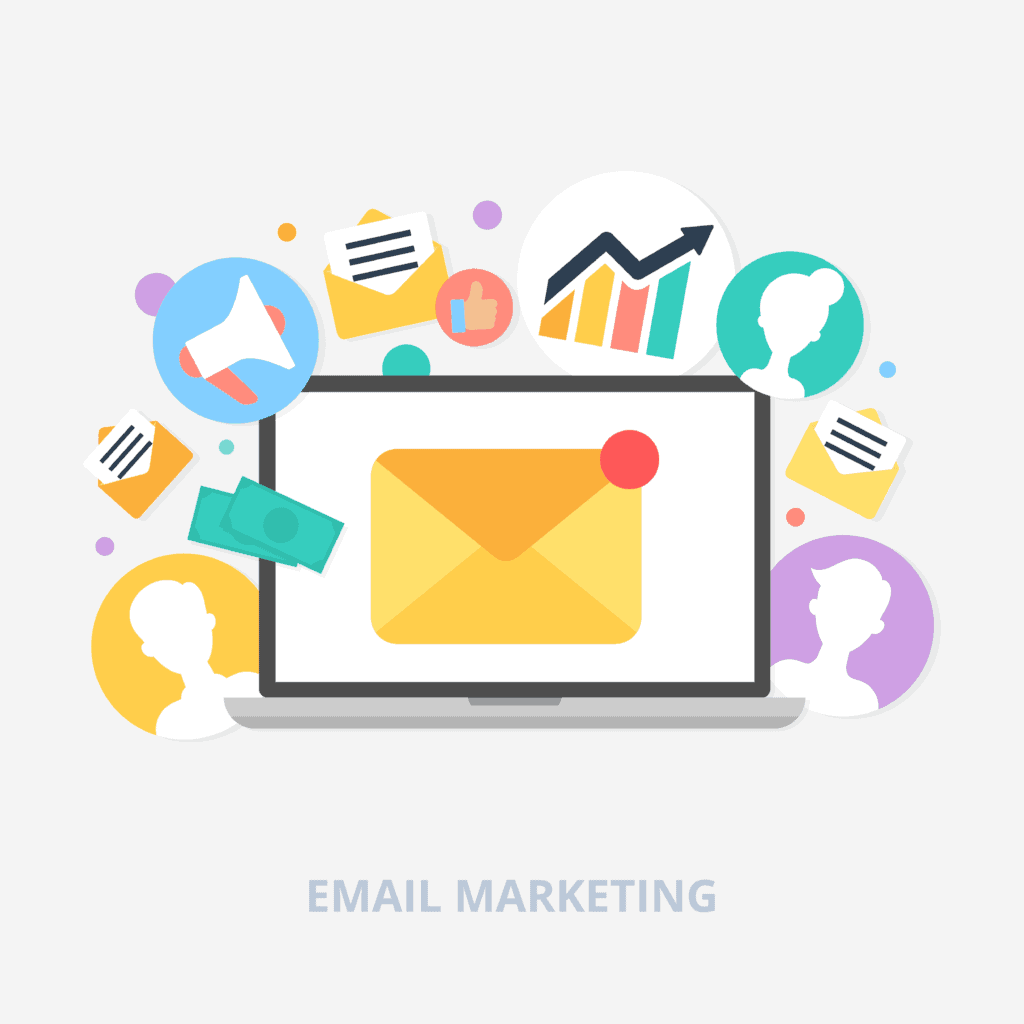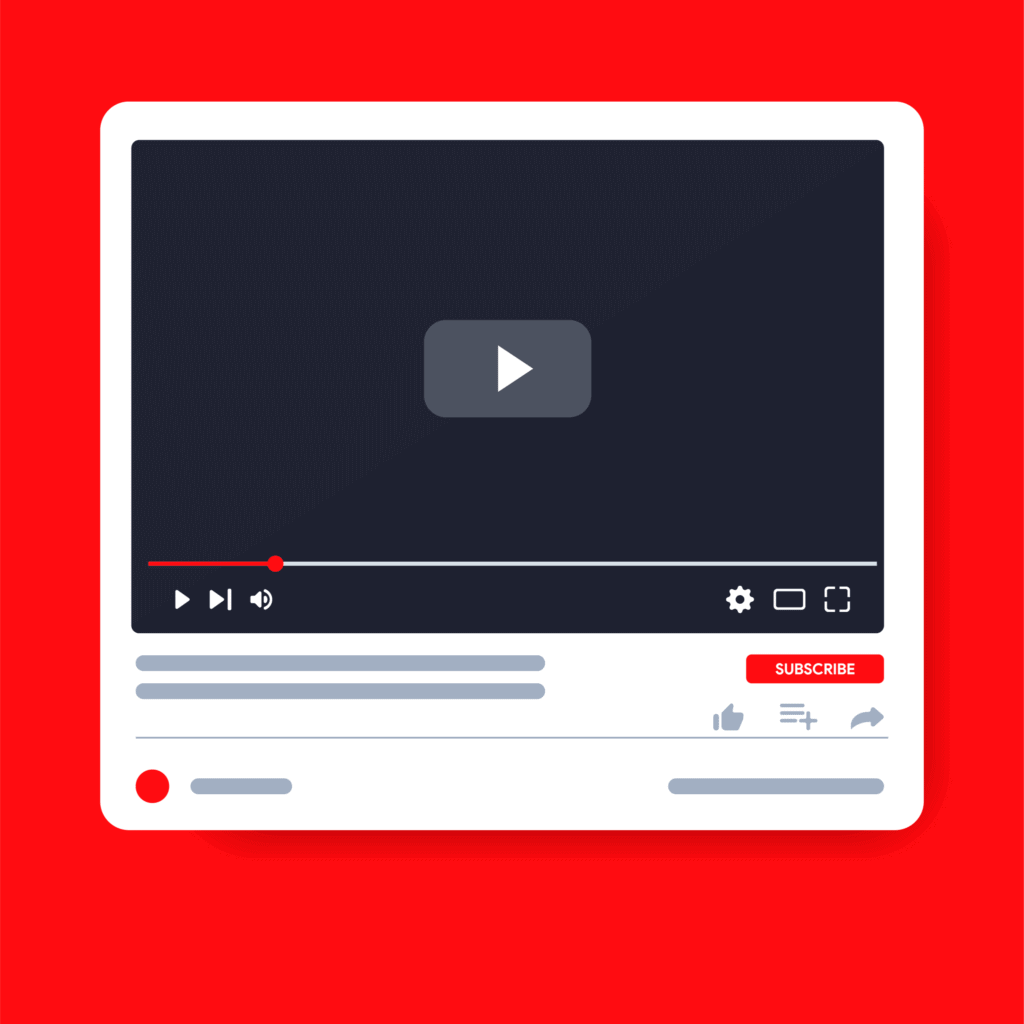New product launches are critical drivers of sales and lead generation for B2B companies, not to mention huge opportunities to increase awareness and brand recognition if you follow the right digital marketing tips.
So when you’ve got a B2B product launch coming up, you want to make sure everything goes according to plan. These expert B2B marketing tips will help you promote your new product before, during, and after the actual launch, maximizing both short-term and long-term results.
Digital Marketing Tips for a Seamless Product Launch
Set specific goals so you know what marketing tools you need to implement.
Setting goals from the outset will not only help ensure that you get the type of results you want—increased sales, increased awareness, a review on a top tech website, etc.—but also that you’re able to measure those results.
That goal should be a SMART goal—specific, measurable, achievable, realistic, and timely. That could be something like “increase our engagement on Instagram by X percent,” or “achieve 10 press hits about the launch within the 30 days leading up to the launch date.”
Choose your metrics wisely.
You don’t have to track every metric available to you—just track the ones that matter. For example, if you’ve set up a microsite for your new product, and you’re sending people to it via emails, ads, and social posts, you’ll want to put more resources toward measuring traffic and engagement on that microsite. Once you start seeing how those engagement metrics are looking, you can take action to improve them.
If, on the other hand, you’re spreading your energy across measuring and influencing engagement on 10 different platforms, your social follower count, and site traffic, you won’t be able to see clearly enough to actually move the needle where it matters.
Start your PR campaign early and ramp up the intensity as your launch date gets closer.
PR takes time to get off the ground, especially if you’re just starting out with B2B PR. You’ll want to begin contacting journalists, bloggers, review sites, and others fairly early. This way, you’ll be able to grow awareness and gather momentum in the press by the time your product actually launches.
Relevant post: 6 PR Trends Reshaping How We Think in 2021
Explore social audio.
Social audio is the new frontier, which means there’s tons of opportunity to explore. Try joining or hosting a Clubhouse Room, try out Twitter Spaces, or engage your Facebook followers with a Facebook Live Audio Room (which should be available to all users by the end of summer 2021).
Relevant post: What’s Clubhouse? Everything You Need to Know About the New Platform

Create a launch-specific social media plan.
Make sure your social media is supporting your product launch marketing goals specifically, while still supporting your ongoing, long-term brand goals. Create a product launch hashtag and post regularly about your product’s benefits, launch schedule, and launch events.
Host a virtual, hybrid, and/or in-person event.
Virtual events won’t be going anywhere for a long time, even as the pandemic recedes into the past. If hosting an in-person event doesn’t make sense or is challenging, budget-wise, consider a virtual product unveiling and invite the press as well as the public.
Relevant post: 9 Best Practices for Hosting a Virtual Event in 2022
Create a paid ads campaign and change out your ads as needed.
The nature of algorithms and the sheer volume of content on the web means that it’s nearly impossible to get a large organic reach. You’ve got to include paid ads in your strategy. Check how they’re performing regularly, and change your copy as needed if the results aren’t where you want them to be.
Work with B2B influencers.
B2B influencer marketing can make a big difference in the size of your reach and depth of engagement. Work with an agency or use an influencer marketing platform to find the right one for your product.

Consider a Product Hunt campaign.
Product Hunt campaigns require a good deal of planning and tight execution, but they can be a great way to get your product lots of attention quickly on launch day.
Conduct a fireside chat.
A fireside chat is simply an informal discussion on a specific topic—similar to “going live” on Instagram or Facebook or LinkedIn, but more planned out and with a more professional tone. Be sure to promote them in advance so you have participants who are ready to engage!
Host a Livestream on LinkedIn.
According to LinkedIn’s own research, four out of five users on the platform “drive business decisions”—so it’s a platform you can’t afford to ignore. Now that livestreaming is possible on LinkedIn through their native video feature, it’s easy to set up livestream LinkedIn events.
Host a Livestream on Facebook Live.
If your audience is mainly found on Facebook, try streaming via Facebook Live. Be sure to promote beforehand, and remember to adjust your tone and presentation for the platform you’re on—Facebook is less strictly professional, more off-the-cuff than LinkedIn.
Relevant post: Why Facebook Live will be Hotter than YouTube for Your Business

Make everything mobile-friendly.
Mobile usage accounts for half of internet traffic worldwide, so be sure your website, landing pages, and any other digital assets you’re creating are mobile-friendly.
Host giveaways.
Offer a giveaway on social media to drive excitement and engagement in the weeks leading up to your launch.
Offer a sneak peek via Livestream.
A livestream can be a great way to give potential customers and followers a sneak peek of your new product. You can even combine the livestream with a giveaway to further encourage viewership.
Create a launch-specific email campaign.
Develop a countdown email campaign to remind highly engaged contacts about your upcoming launch.

Keep updating your list of journalists and outlets to pitch.
As the launch gets closer, make sure you’re updating your press list and seeking out new podcast hosts, writers, bloggers, journalists, and creators who might be interested in your product.
Create YouTube videos.
With the pandemic exponentially increasing the amount of online video internet users watch, video marketing is just as important as ever—possibly even more so. Don’t neglect your YouTube channel, and make sure your videos have captions for those who want to watch without sound (a sizable percentage of your viewers).

Create social videos.
Social video, like Instagram Reels, TikTok videos, and others are also critical for marketing in 2021. You can cut up your YouTube videos into smaller, shorter videos to share on social—use an AI video editing tool like Kamua to get your videos ready for social in a matter of minutes.
Live tweet your launch event(s).
When the day finally comes and you’re ready to unveil your product, have someone on your team live tweet your launch event (whether it’s in-person, hybrid, or virtual). And make sure to use your product launch hashtag!
To Wrap Up
Getting ready to launch YOUR next product? If these digital marketing tips sound like a lot to execute, give us a call! We’re ready to help.








